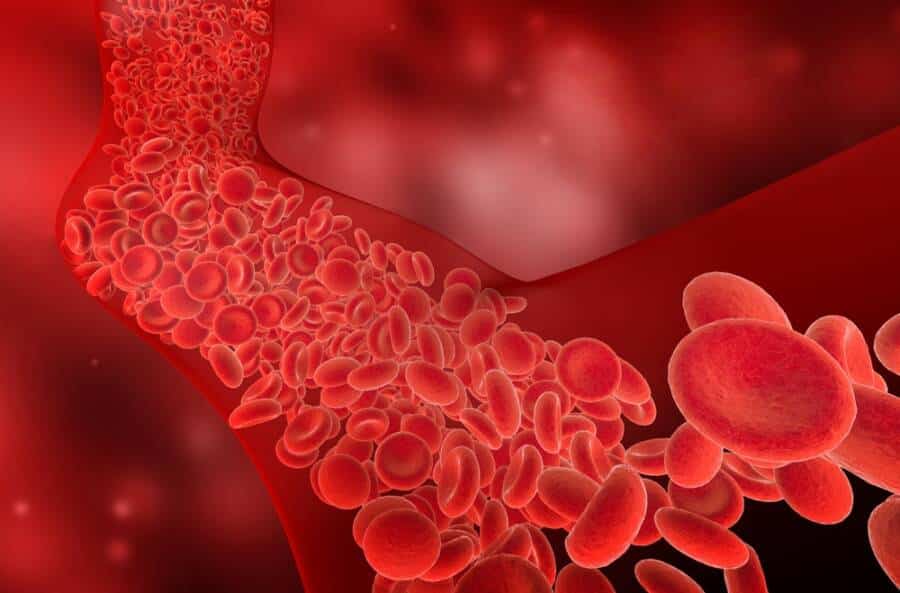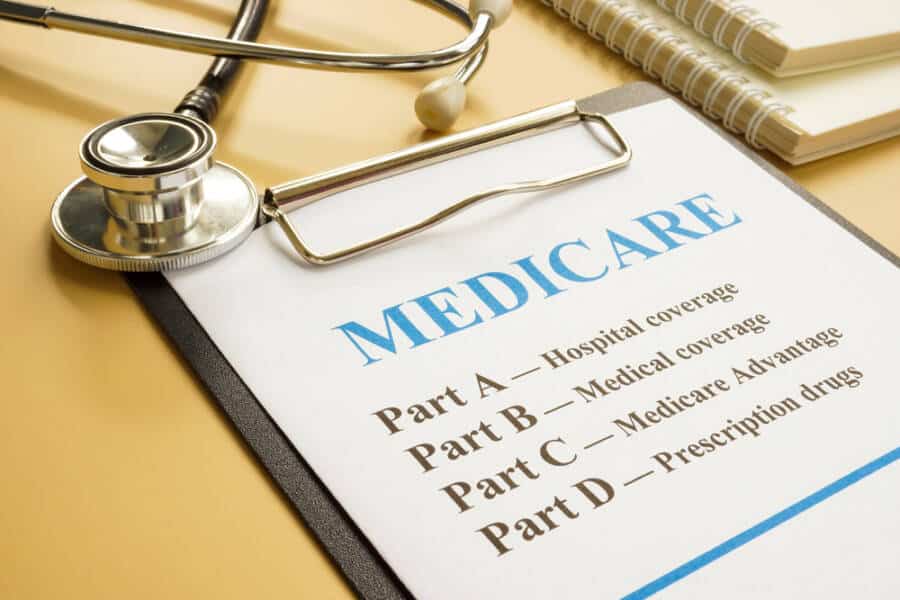
Do you have any of these symptoms? Call your doctor immediately!
Every year, around 900.000 Americans are affected by blood clots. Have you ever wondered what it feels like? Knowing the signs and symptoms of a blood clot can save your life.
Blood clots are normal, and all of us have them. For example, we need them to stop bleeding after an injury. The problem is that sometimes blood clots happen suddenly when they are not needed. When they form near your muscles, in your deep veins, they are called thrombosis, or DVT, and can put your life in danger. Your blood flow keeps your system up and running, so when a clot forms, it causes traffic jams in your circulation.
The situation can get even worse because if a DVT breaks, it can travel through your body, arrive at your lungs, and prevent them from getting the blood and oxygen they need to function.






13 Responses
Very good information. Thank you.
Very informative. Recently pain in my left lower leg. Blood flow to my foot monitored to have a faint blood flow. I exercise as much I can before pain makes it difficult to walk. Continuing to monitor until appt in February. I’m quite concerned.
The article is well written in simple language and easily understandable.
I had CABG (Bypass Surgery) in 2018. I am taking Clopidogrel and Rosuvastatin once a day. I have now added on my own Nattokinase capsules once a day.
Hope it is good. I am a diabetic and taking antidiabetic medicines mild dose. For fatty liver 1grade I am taking Saroglitazar 4mg and Ursodeoxycholic acid once daily.
Any suggestions or remarks.
Good article and easily understandable.
Where are the symptoms you talked about?
Yes I couldn’t find ot either
I had a problem with my heart beat now and then, it feels like my heart has air pumping through, for maybe 15 seconds. I wore monitors 2 times but nothing shows up. A cardiologist told me to cut my coffee consumption down to 3 cups which seems to be working.
My father told me rowing a boat was one of the best excercises, which we did when we were young. I still believe that today. Typical rowing machines are not the same.
Thank you for allowing comments.
Phil
What kind of exercise can you get on oxygen and in a wheelchair?
The first time I had blood clots I started with pain in my legs but the pain kept moving up my leg. Eventually I ended up with pain in my groin and they were very concerned about it because it was a deep vein blood clot. I got them from traveling 6 hours and not getting out to walk around. I had a total of 5 blood clots that time. A year later I had knee surgery and about a month later I got pain in my leg and I had 2 that time.
Hi my name is Josie and I have been in cramping pain in my feet and legs could I have blood clots in my legs or could it been a nerve issue, this cramping pain keeps me up almost every night please help.
Thank you
Theraworx works for my leg cramps. It is a foam that you spray on the cramping area and rub it in. Also drink lots of water, especially coconut water helps me. I take magnesium which I get over the counter in gummy form.
Excellent article and well worth the time to read. Information like this should be readily available and you have done a great service to anyone who may have or had these symptoms.
Thank you.
Unless I missed it, you left out stroke as another symptom of a blood clot. I had a small stroke (small blood clot) about 14 years ago and was hospitalized for two nights, with recurring injections of heparin. I completely recovered; I was lucky.